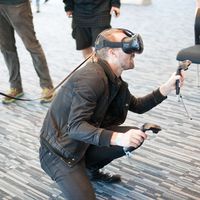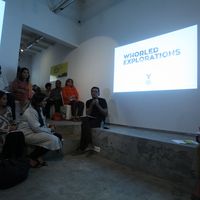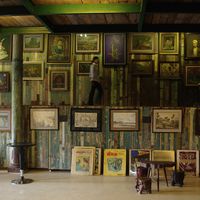In conversation with Christophe Loviny | Yangon Photo Festival
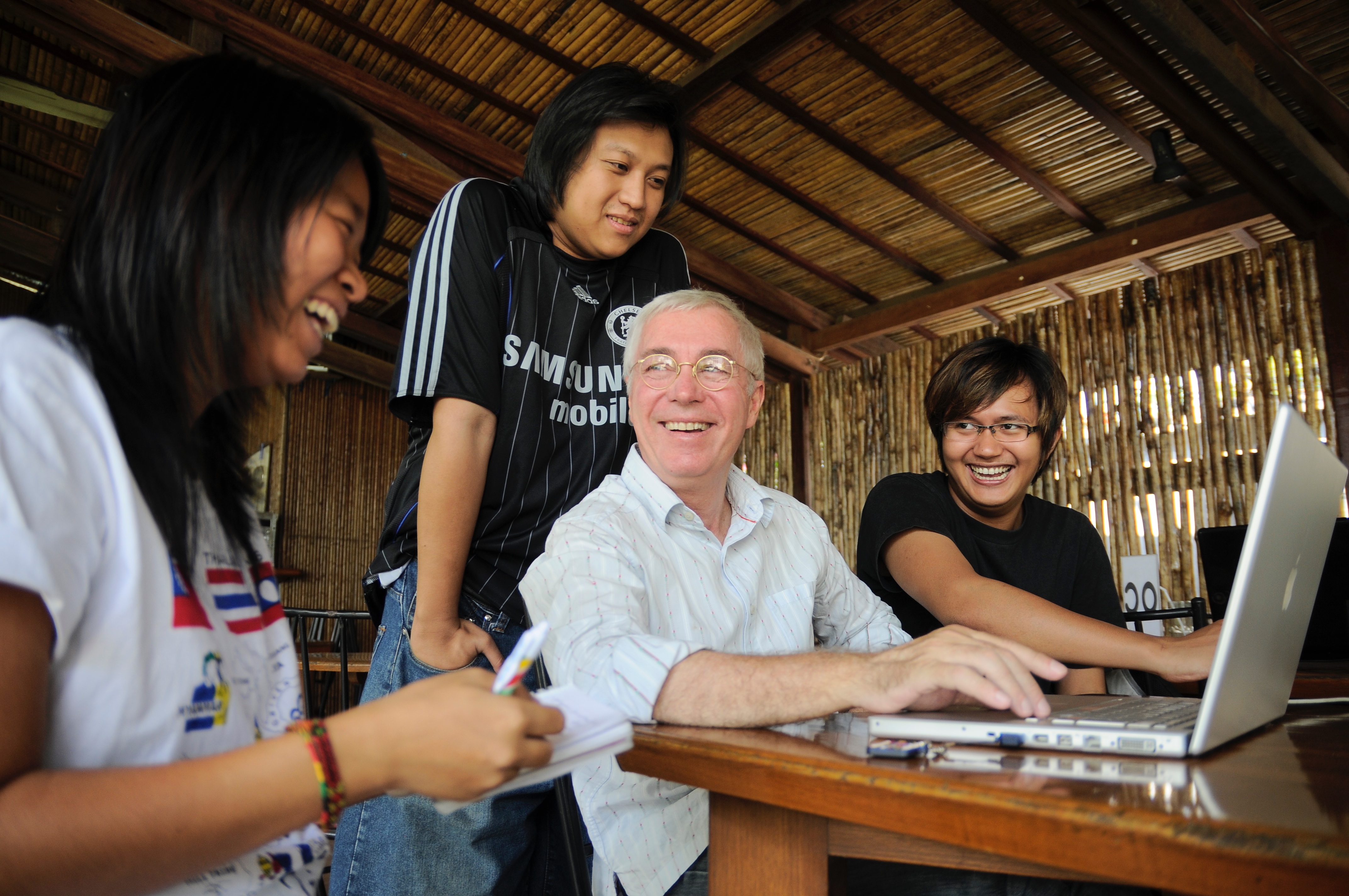
Since its inaugural edition back in 2008, the Yangon Photo Festival showcases a selection of the best photo works produced around the world. At the same time it nurtures a new generation of Myanmar photographers. The 8th edition of the Yangon Photo Festival is taking place this month (12-31 March 2016). ASEF culture360 contributor David Fernández interviewed French photojournalist Christophe Loviny, Director of the Yangon Photo Festival.
[caption id="attachment_57711" align="aligncenter" width="620"]
 French photojournalist Christophe Loviny has trained more than 500 Myanmar photographers during the Yangon Photo Festival masterclasses since he created the program in 2008[/caption]
French photojournalist Christophe Loviny has trained more than 500 Myanmar photographers during the Yangon Photo Festival masterclasses since he created the program in 2008[/caption]David Fernández: How did the idea of a Photography festival come to be and how did the team make it possible? What motivated you to start a festival of photography in a place like Yangon / Myanmar? What did you set out to achieve when you co-founded the festival?
Christophe Loviny: During the 2007 Saffron revolution, lots of engaged artists and local journalists risked their lives and long jail sentenced to document with their cameras what was happening. The Institut Français de Birmanie was the only island of freedom of expression then in Yangon. To make the work of these courageous people stronger, we created an educational training programme associated to a yearly event, the Yangon Photo Festival (YPF). After training more than 500 young men and women, the project has nurtured a new generation of skilled documentary photographers and artists capable of producing strong photo-stories for both print and digital media as well as exhibiting in galleries or International Photo Festivals.
[caption id="attachment_57714" align="aligncenter" width="620"]
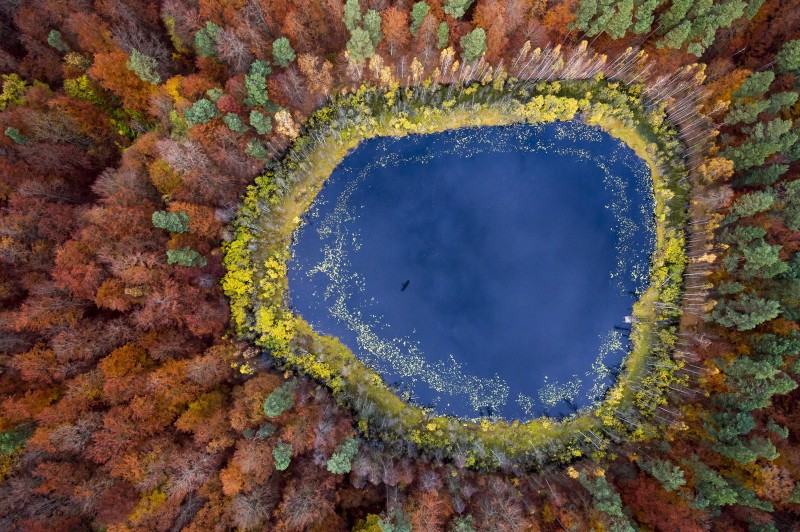 © PHOTO by Kacper Kowalski[/caption]
© PHOTO by Kacper Kowalski[/caption]DF: How have your aims/expectations changed since Yangon Photo Festival began in 2008.
CL: The main aim, 8 years after, remains the same: to nurture more new professional documentary photographers and engaged artists. This year at the 8th YPF we show that Myanmar photographers have reached the international level. Our goal is to continue our training in the most remote areas of the country, especially in ethnic minorities area. This year we were able to train people in Shan, Karen and Mon state.
DF: How is the public in Myanmar reacting to the festival and its topics every year?
CL: Thanks to the strong work that we are showing, Myanmar people have become more aware of important social and environmental issues. They are very sensitive and concerned. There is lots of crying during the Yangon Photo Night when we screen the work of documentary photographers.
[caption id="attachment_57716" align="aligncenter" width="620"]
 © PHOTO by Minzayar Oo[/caption]
© PHOTO by Minzayar Oo[/caption]DF: Have you recently encountered a photographer or photograph that you felt strongly about?
CL: There are lots of them. As a documentary photographer Minzayar Oo is an example of the goal and impact of this festival. He won the first prize last year with his photo-essay ‘Peace be with you’ and this year we exhibit his long term project about ‘The Price of Jade’. He was finishing his medical studies when he enrolled in one of our workshops because he wanted to become a documentary photographer. Five years later, he’s publishing in all international magazines. Another example is artist photographer Mayco Naing. Last summer she won the emerging artist price at Dali International Photo Festival for her work about “The Suffocating Generation”.
[caption id="attachment_57713" align="aligncenter" width="620"]
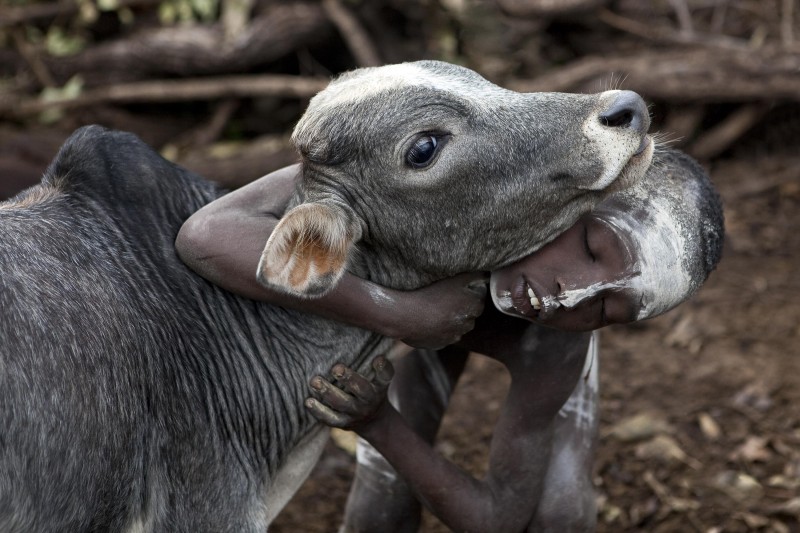 Suru boy with Zebu calf © PHOTO by Hans Silvester[/caption]
Suru boy with Zebu calf © PHOTO by Hans Silvester[/caption]DF: What are the most important focus points of this year festival for you?
CL: Together with showing the most important issues that Myanmar is facing, like the Peace process, by the best Myanmar photographers, this year YPF also introduces three exceptional international events. First, World Press Photo, the most popular travelling photo event in the world, has commenced its South-East Asian tour at the National Museum of Singapore before heading to the Institut Français de Birmanie. Next, the 50th anniversary exhibition of GAMMA, the prestigious photo agency associated with so many famous photo-journalists: Gilles Caron, Sebastiao Salgado, Eric Bouvet, Françoise Demulder, Laurent Van der Stockt, Noel Quidu, etc… Last but not least, we will welcome eminent German photographer Hans Silvester; the famous environmentalist will exhibit the extraordinary, symbiotic relation between nature, animals and young boys in the East African Suri tribe.
[caption id="attachment_57712" align="aligncenter" width="620"]
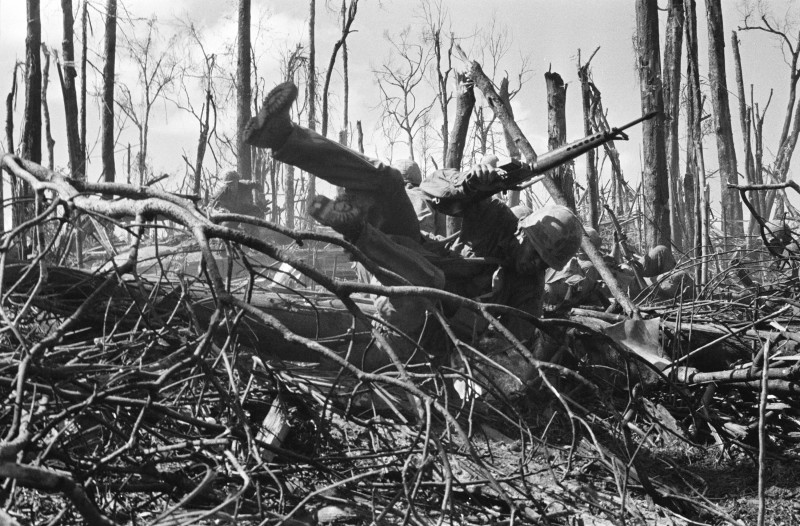 © PHOTO Courtesy of GAMMA Photo Agency[/caption]
© PHOTO Courtesy of GAMMA Photo Agency[/caption]DF: What are your plans for the future of Yangon Photo Festival, do you have any specific goals you would like to attain in the future?
CL: Nowadays we want to expand our reach to the most remote areas in Myanmar. The idea is to empower these communities to raise their voice in order to create national and international awareness about their local problems. Thanks to social networks, photography has become the new international language. Every community has the possibility to create its own media at very low cost. Our goal is to train them on how to use these fantastic new tools efficiently by being able to create powerful photo-stories.
DF: What would you say has been the most important thing that the Yangon Photo Festival has taught you about Myanmar?
CL: Photography has become the new international language. Everybody almost everywhere in the planet is using it everyday especially through social networks on par with writing. The difference is that to be able to read and write properly you need to spend several years of primary school. But before being able to write something with meaning they need to go through all these years of training which is actually difficult for many. With the new international image language, even children, with a smartphone or a digital camera can take quite good pictures very quickly, thanks to technology. This is a revolution and this is what I have learnt and experience through the process of training people here in Myanmar. By making very intense but very short educational programmes, we have been able to teach youngsters to create their own photo-stories, with very powerful yet meaningful results.
[caption id="attachment_57715" align="aligncenter" width="620"]
 © PHOTO by Ko Myo[/caption]
© PHOTO by Ko Myo[/caption]DF: What is Yangon's art & cultural scene like nowadays? How would you describe Yangon and its creative community?
CL: It’s simply fascinating the number of cultural initiatives sprouting out lately here in Yangon. New galleries, emerging artist-run spaces, even film festivals on human rights are organized in a country where ten years ago you could be imprisoned just by owning your own photo camera.
DF: Tell me more about the photography programmes during the festival that look at capacity building in the sector?
CL: After 8 years, as the country starts a new chapter in its history, the festival has trained more than five hundred photographers, who document this transition through powerful photo-stories about important social, cultural and environmental issues. At the dawn of what we all hope will be a new era for Myanmar, once again, the 8th edition offers the best Myanmar photographers a platform to show the challenges confronting their country through numerous exhibitions, screenings and lectures.
More about the festival, please visit: http://www.yangonphoto.com/
___
David Fernández is a Spanish-born contributing writer based in Bangkok, Thailand. Currently working as freelance arts & cultural project manager and digital media consultant, he is also one of the co-founders of Cho Why multi-disciplinary project space. He previously co-founded Le Cool Bangkok arts & culture webzine and worked as content director. Formerly, he served as cultural attaché at the Embassy of Spain – Cultural Office in Bangkok.
Similar content
09 Mar 2016

